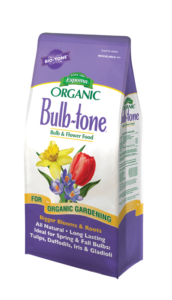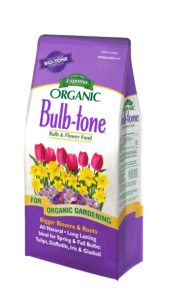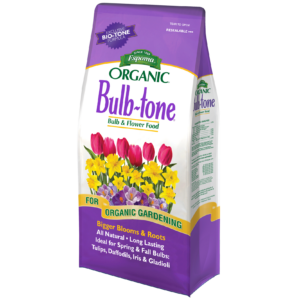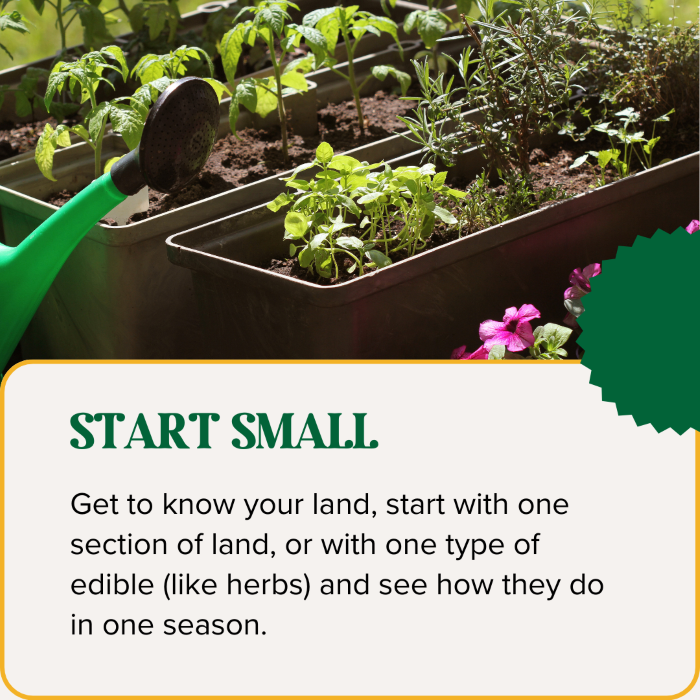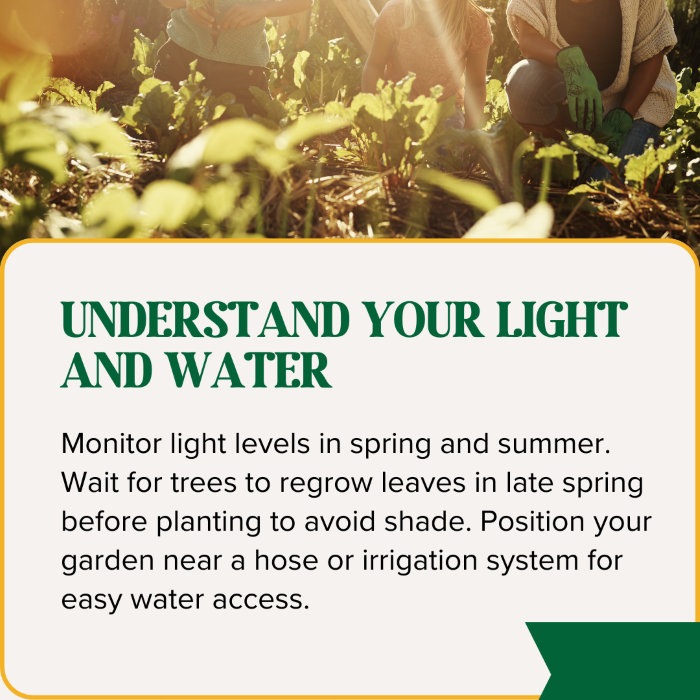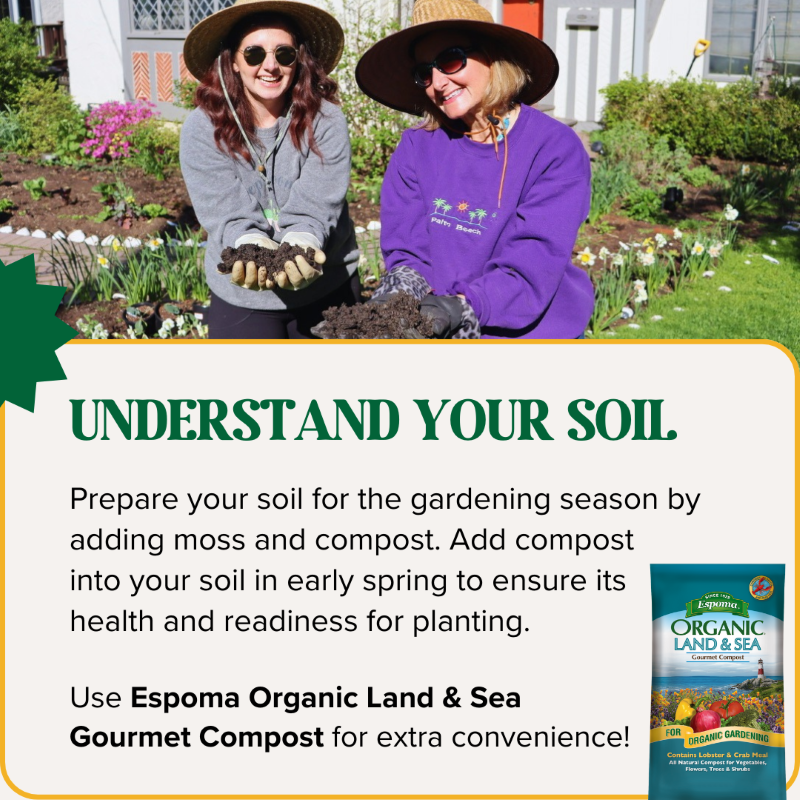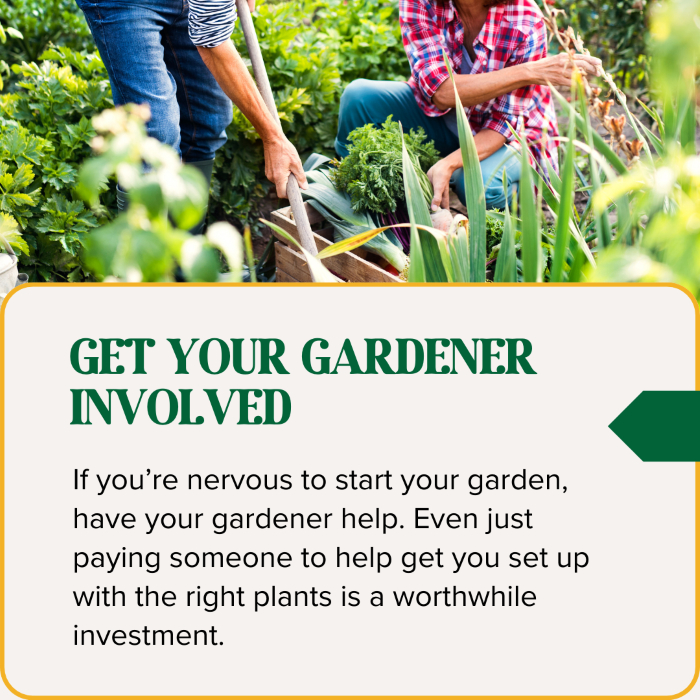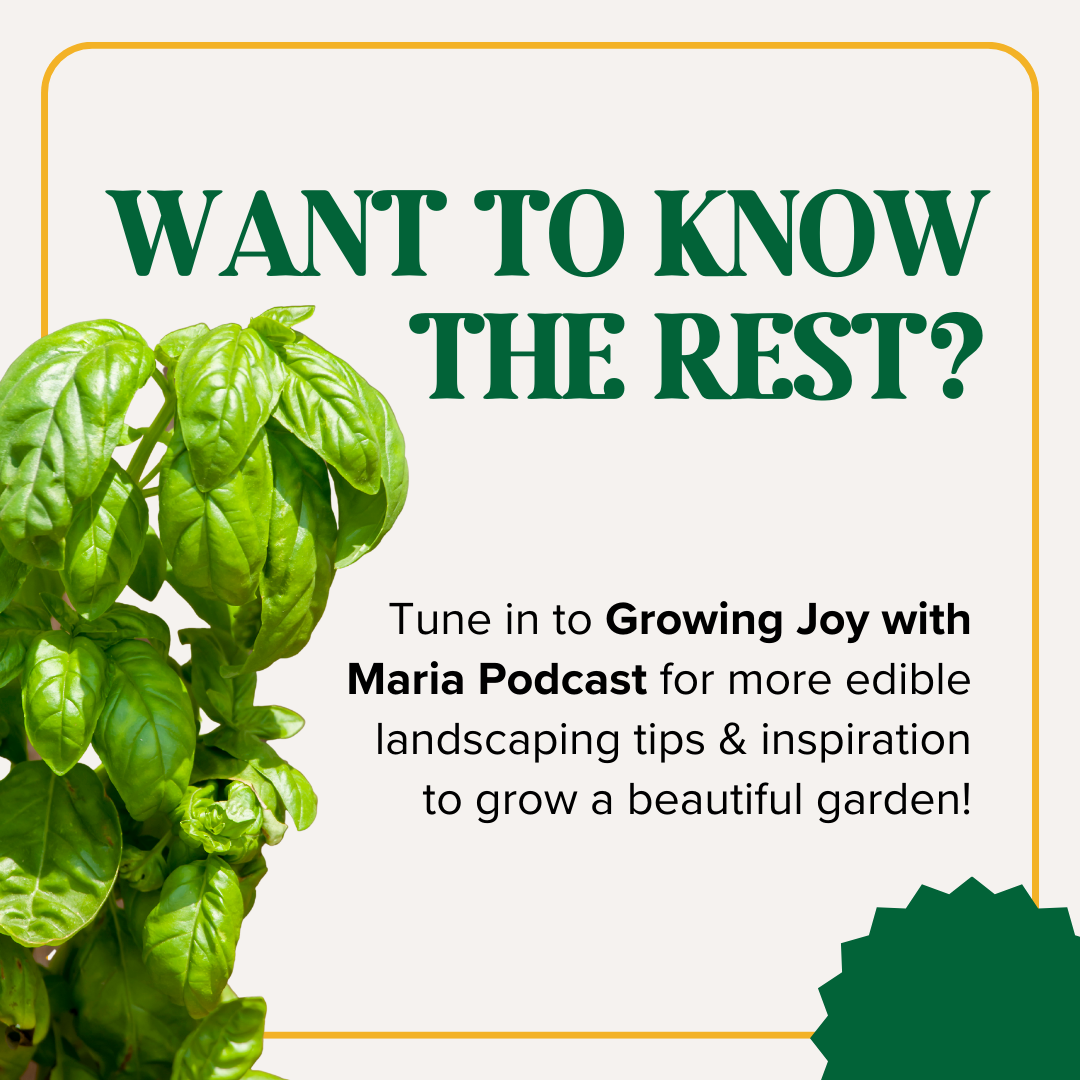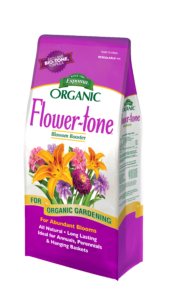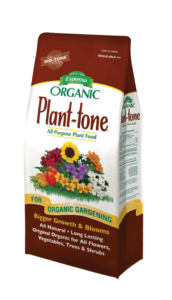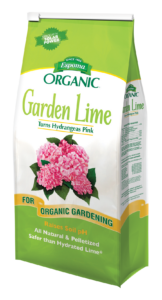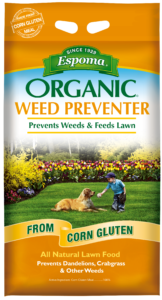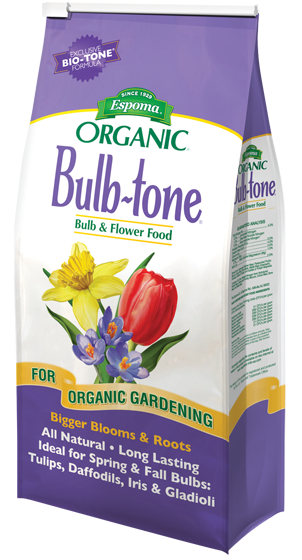All the Bulb Basics You Need
Bulbs produce some of the most desirable flower gardens we all know and love, but a bulb can be really confusing to a beginner gardener. We look at this little stub in our hands that has no green attached to it and think, “Seriously, a daffodil is going to sprout up from this thing?!”
Jenks Farmer is a bulb expert and lifelong gardener, here to break down everything you need to know about the beauty and basics of bulbs.
This blog is inspired by Episode 150 of Bloom and Grow Radio Podcast now known as Groing Joy with Maria Podcast – where host Maria Failla interviewed Jenks Farmer, founder of Jenks Farmer.
What Are Bulbs?
An easy way to think about a bulb is something that lives below ground, shoots up for the season, brings us some beautiful flowers, and then goes back below ground.
Bulbs are essentially a big energy storage system for the plants. Carbohydrates are stored underground in the bulb, so that that plant can survive wildfire, floods, or being eaten by animals. In botanical terms, a bulb is a modified stem with the leaves acting as food reserves.
What Kinds of Bulbs Are There?
Speaking of onions, the Allium genus contains all kinds of great bulbs including onions and garlic, but also many beautiful ornamental bulbs. There are tiny alliums at about 6” tall that have yellow, pink, and white flowers. There are also giant alliums you often see in English garden magazines with big purple spheres.
Other flowering bulbs include daffodils, tulips, dahlias, crinums, amaryllis, gladiolas, crocuses, and lots more!
Growing Crinum Bulbs
Jenks has been growing crinums for decades and they’ve become somewhat of his specialty. Crinums have huge bulbs, measuring as large as a softball. When they are clumped together, crinum bulbs can weigh up to 500 pounds!
Their flowers are like fireworks, coming in rich, hot, very modern pinks and whites. One of their common names is Milk and Wine Lily, referring to the fact that some of them have a wine-colored stripe down the middle.
Jenk’s new book Crinum: Unearthing the History and Cultivation of the World’s Largest Bulb is a deep dive into the amazing world of crinums. Not only does he discuss the gorgeous flowers, but he delves into their traditional medicinal uses originating in Africa and how they’re being used today in current medicine. They have strong ties to human history, being passed down for generations from family members in the South and really tying in the rich cultural history plants have in many societies.
Crinums have traditionally been thought of as a deep South flower because they don’t do great in really cold climates. But in cooler climates, they are certainly one of those flowering bulbs, like Dahlias, you can dig up, bring indoors, and replant outside the next year.
What’s the Difference Between Annual Vs. Perennial Bulbs?
In gardening terms, an annual is something you plant once and it dies and you’re happy for it to live one season. Perennials are plants that you plant once and they keep coming back year after year. It’s best to have both perennial and annual bulbs in your garden for varying blooms.
Examples of perennial bulbs: are daffodils, tulips, crocuses, lilies, and dahlias (in warmer climates).
Examples of annual bulbs: are caladiums, and crinums.
What Does It Mean When a Plant “Naturalizes” or “Perennializes”?
When you have something perennialized in an outdoor garden, that means that it stays in its place and comes back annually for years. If something naturalizes, that means that it’s going to set seeds or send out some kind of a runner, moving around in your garden.
A lot of bulbs like alliums, tulips, daffodils, and snowdrops come from Mediterranean climates with hot, dry summers. They generally don’t perennialize well for many U.S. gardeners, because they need that dry baking period. When we’re talking about whether something is perennial or not, it completely depends on your climate.
When to Plant Bulbs
Within the wide world of bulbs, there are Fall, Spring, and Summer-flowering bulbs. Generally, you plant your bulbs a season ahead of the time you expect them to flower.
Daffodils and tulips, for example, are Spring-flowering bulbs, so you would plant them in the Fall when the ground is still workable. The first thing they do underground is grow a set of roots to get established. And then they start to grow up in early Spring and produce flowers in late Spring.
Summer-flowering bulbs include dahlias, crinums, amaryllis, and gladiolas, so you should plant them in the Spring when your soil is warming up.
Red spider lilies and some crocus varieties are Fall-flowering bulbs. You can plant them almost any time from early Spring through mid-summer.
Can You Grow Flowering Bulbs Indoors?
If you don’t have a large garden space, or if you just want to see some beautiful bulbs growing indoors, you definitely still have options! You can grow bulbs in a container inside, known as “forcing bulbs” indoors. If you’re going to force bulbs, the time of year is similar to the above recommendations. For example, if you want Fall flowers for pots, you could plant some red spider lilies and Fall-flowering crocuses in early Spring.
Two Ways to Force Bulbs Indoors?
Here are two ways to force bulbs indoors:
- Refrigerate your bulbs for about 6 weeks and then plant them in pots.
- Pot your bulbs up and put them outside, where they will get cold treatment naturally without taking up your space in the fridge. When you’re ready, bring your pots inside about 6 weeks before you want them to bloom and the heat indoors starts to force those bulbs into flower.
Caladiums are a fantastic option for indoor growing. They have big elephant ear-like leaves that are pink, red, and white and all mottled together. A rare bulb that also does great indoors is the Blood Lily that you can keep year-round. It has a beautiful, broad leaf and flowers in the middle of Summer, with a softball-sized, scarlet flower. Pineapple lilies also make great container plants. They have a stalk that looks like a pineapple with a long, extended flower and thousands of tiny burgundy red flowers.
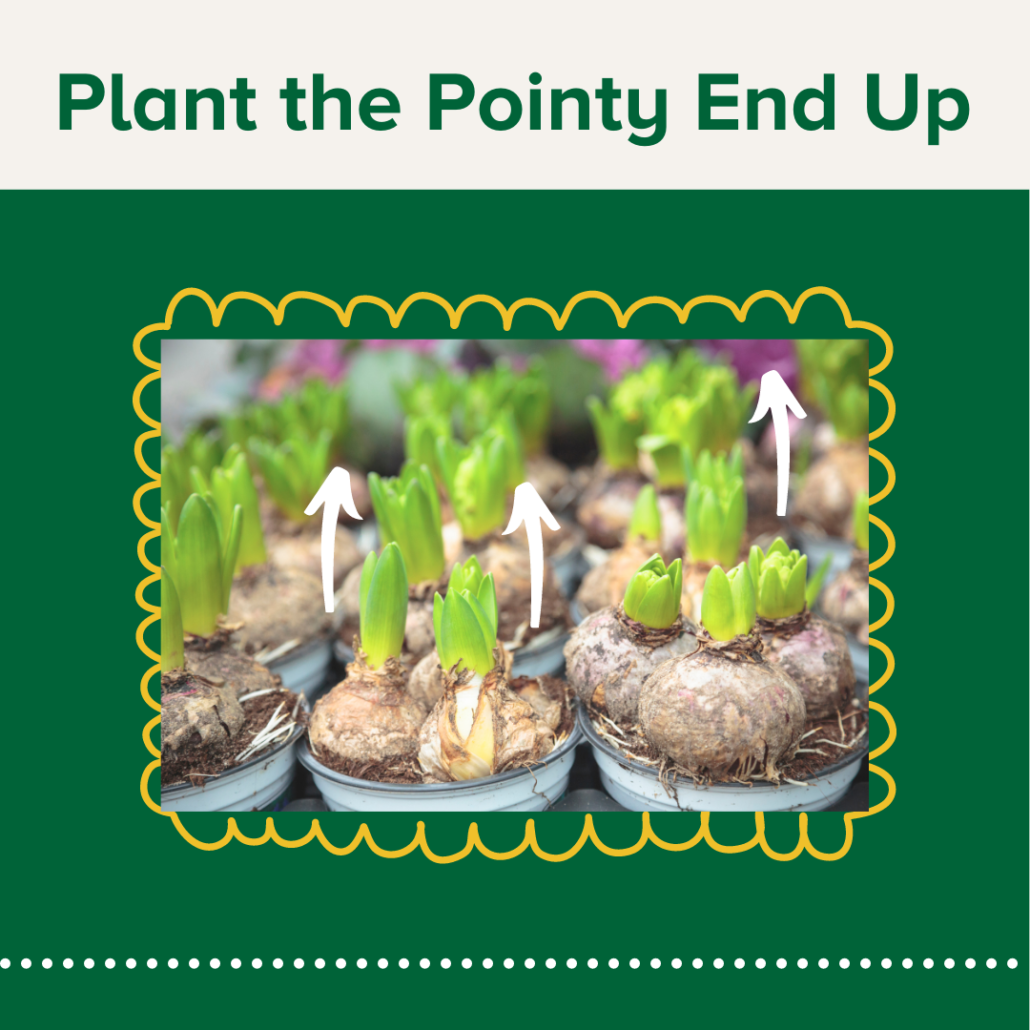
How to Plant and Fertilize Bulbs
Contrary to what you might think, bulbs don’t necessarily have to be planted right-side up. But planting them upside down can delay their flowering. If you can, make sure to plant the pointy side of your bulb up.
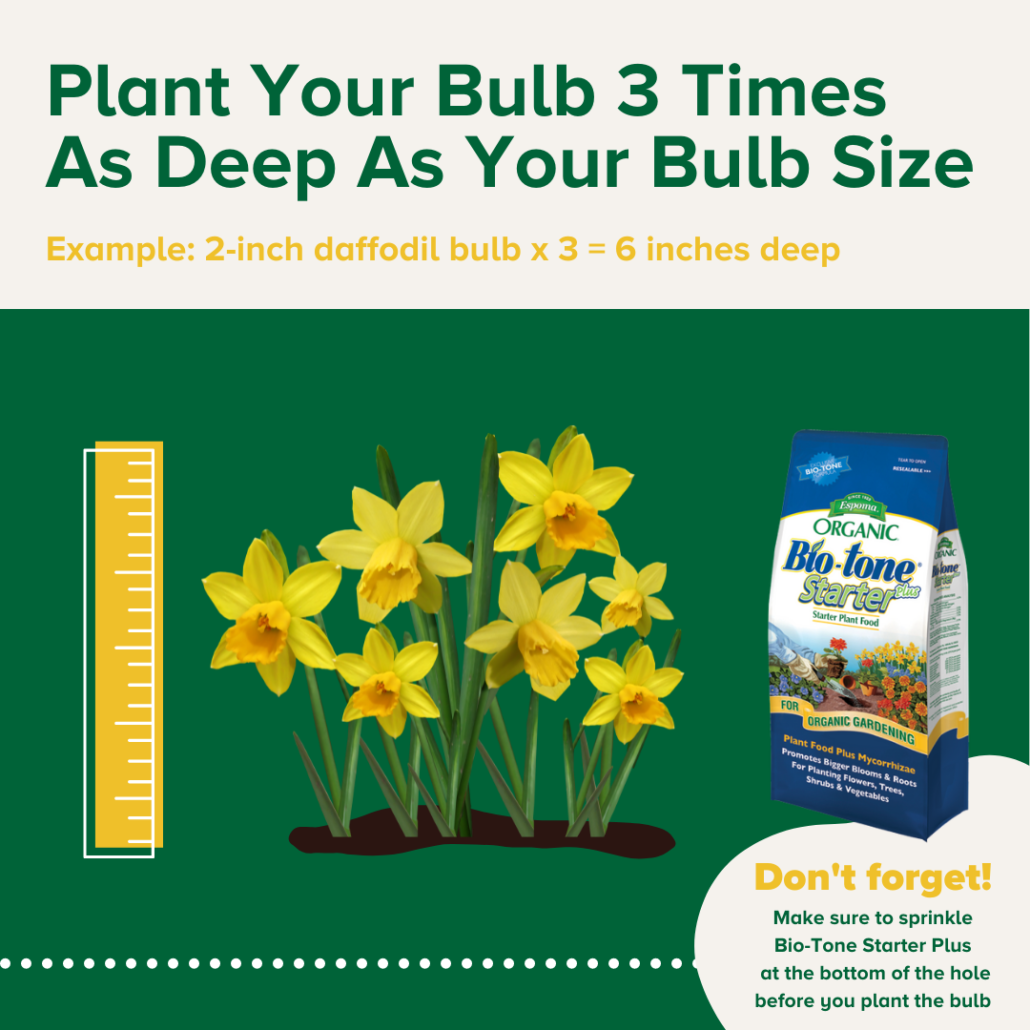
One of the most important parts of planting bulbs is getting the bulb depth right. The general rule is to plant bulbs three times as deep as the bulb size. A two-inch daffodil, for example, would be planted about six inches deep (2*3 = 6”).
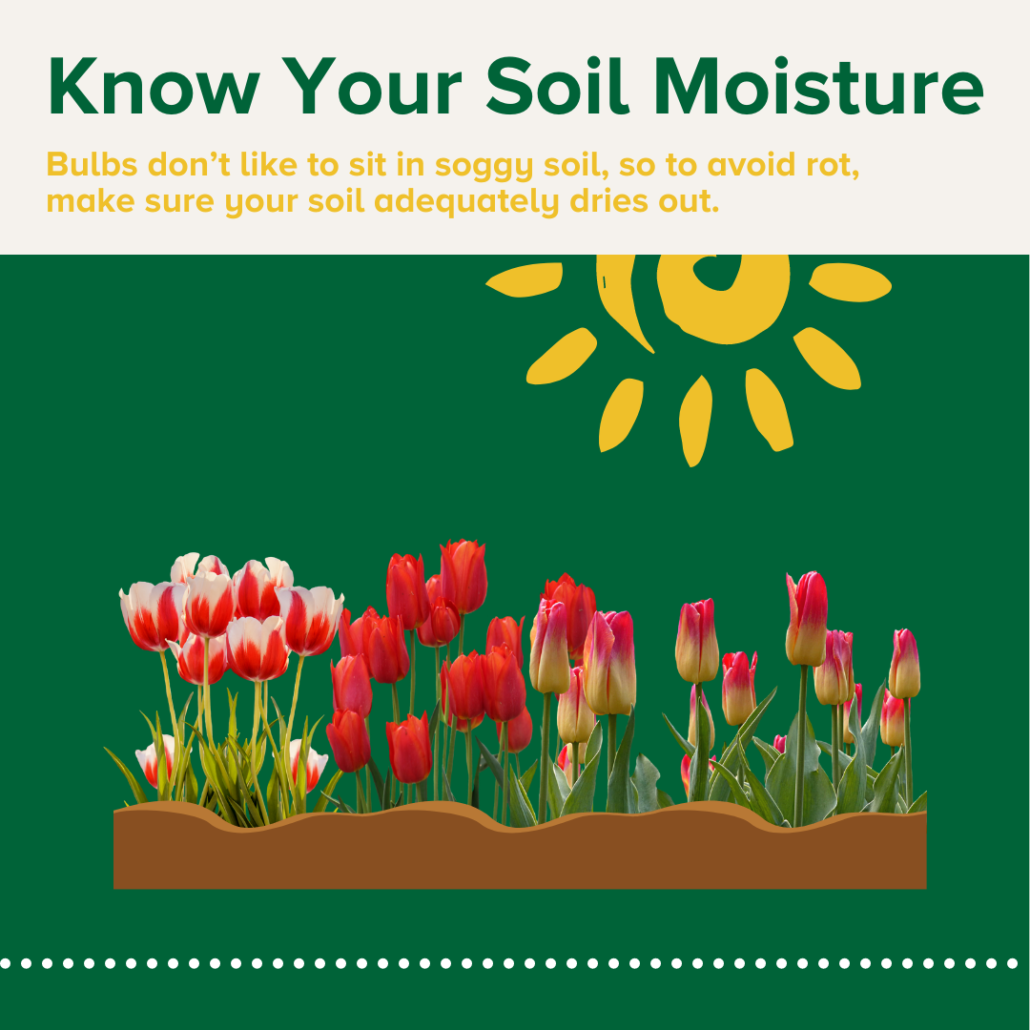
As far as soil goes, the key is making sure that the kind of bulb you’re planting is adapted to your soil moisture. Many bulbs are from dry places, so make sure your soil adequately dries out during the growing season.
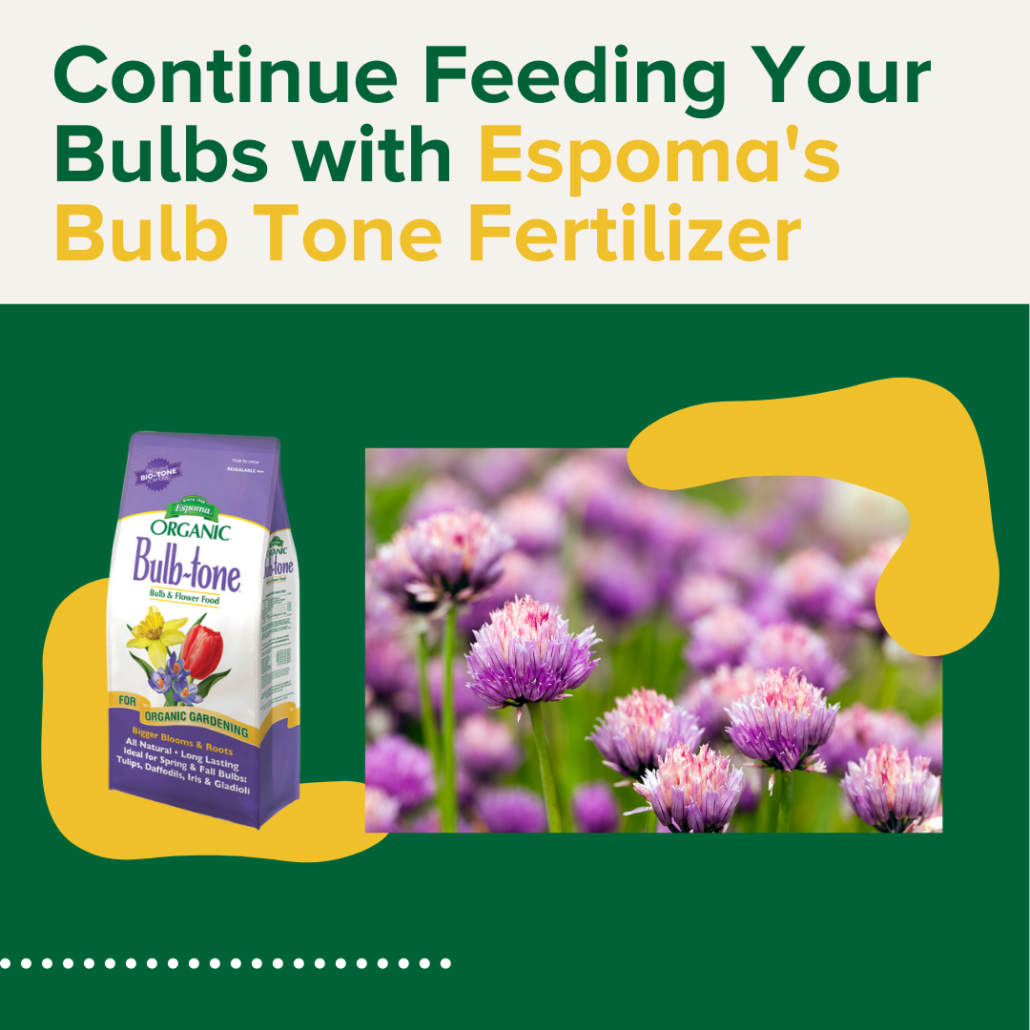
For fertilizing, wait until Spring right after your bulbs have flowered, then add in compost or some other organic fertilizer like Espoma’s Bulb-tone fertilizer, which is specifically designed to support bulb growth. After flowering, your bulb is trying to collect lots of nutrients for the bulb below ground to be ready for the next year.
When Will My Bulb Bloom?
You’ve planted your bulbs in the Fall and are on the edge of your seat, just waiting for those Spring bulbs to arrive. Below are some bulbs that will bloom in Spring, Summer, and Fall.
Spring: tulips, some alliums, daffodils, snowdrops, snowflakes, and irises.
Summer: dahlias, gloriosa lilies, true lilies, blood lilies, canna lilies, crinum.
Fall: dahlias, autumn crocus, red spider lilies.
How to Divide Bulbs
Most bulbs grow in a clump and over time, they will multiply underground, creating a clump of 10 to 15 bulbs. Many bulbs need to be divided to rejuvenate.
You want to wait to divide bulbs until the foliage starts to die off. The foliage helps to collect energy for the bulb for the next season, so if you move the bulb while the leaf is green and trying to build energy, you can damage it.
After the foliage has died off, dig down to the bulbs and start separating them. Sometimes you need water to force them apart. Let them dry out on the surface and then store them in a cool, dry location until you’re ready to replant them in the Fall or Spring.
Want to learn more about all things flower bulbs? Make sure to check out Jenks’ blog and brand new book, Crinum: Unearthing the History and Cultivation of the World’s Largest Bulb, available now!
******
About Bloom & Grow Radio Podcast
Bloom & Grow Radio Podcast is now Groing Joy with Maria.
The podcast helps people care for plants successfully and cultivate more joy in their lives. Host Maria Failla, a former plant killer turned happy plant lady, interviews experts on various aspects of plant care, and encourages listeners to not only care for plants but learn to care for themselves along the way.
About Our Interviewee
Jenks Farmer got his first flower bulb in the 1970s and has been growing them ever since. For the last twenty years, Jenks has led teams responsible for establishing two of South Carolina’s major botanical gardens. His designs for homes, museums, and businesses have received recognition and awards and have delighted hundreds of thousands of visitors with the joyful, easy exuberance of hand-crafted gardens.
Jenks wrote and published three books, including The Crinum Book, Funky Little Flower Farm, and Deep-Rooted Wisdom.
Follow Raffaele:
Blog
Instagram
Website
Featured Products:
